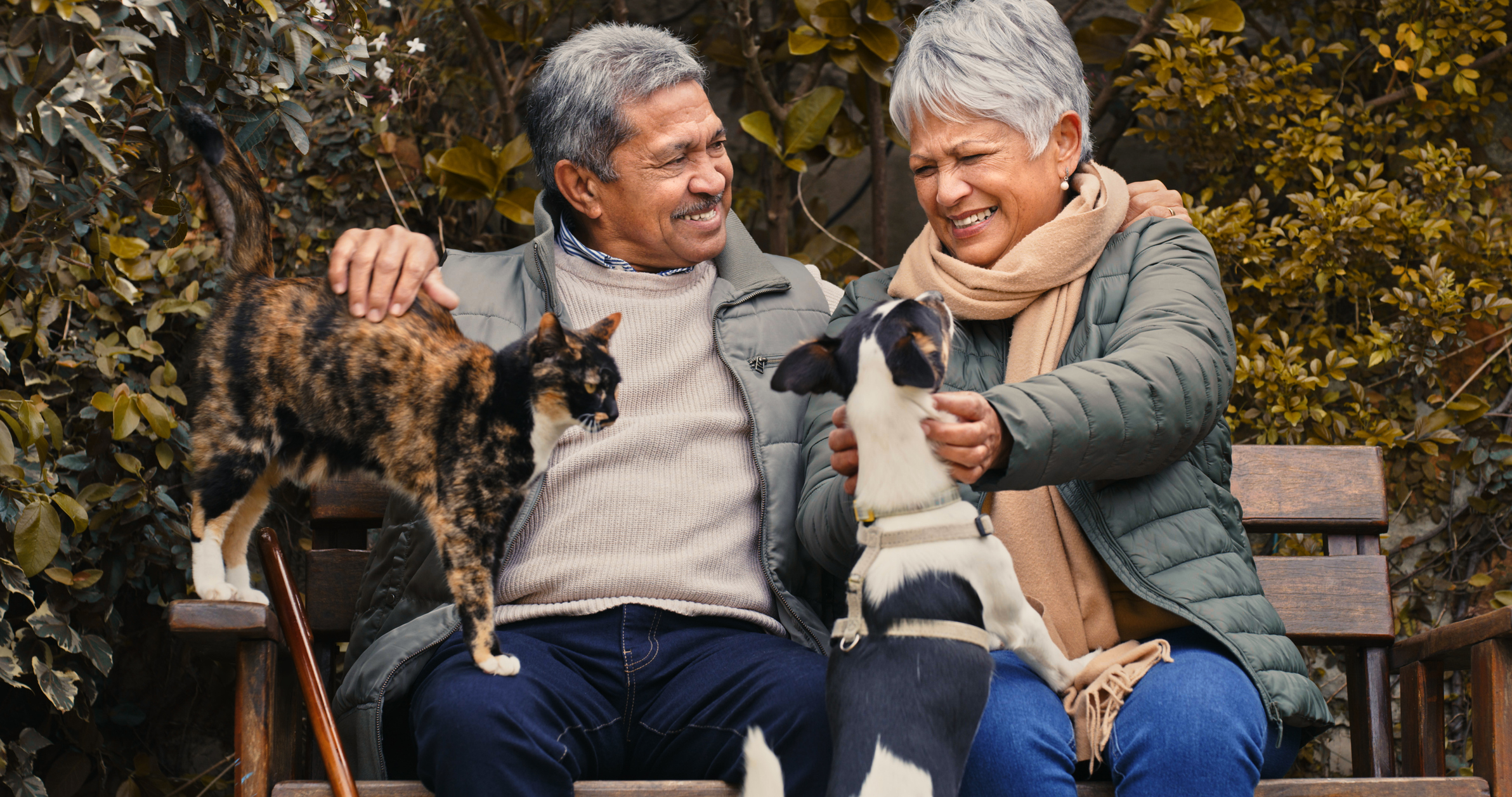
Our pets are important members of our families. They keep us company, bring us joy and laughter with silly antics, and in some cases, help us get outdoors and exercise. Research shows that the act of caring for an animal has a positive effect on both our mental and physical health. While wildfire season continues to burn, and in the case of storms, power outages and other natural or human-caused disasters, it is especially important that these beloved members of our family don’t get left out of our emergency preparedness plans!
Including our pets in our emergency preparedness plans is the safest option for both us and our pets. Studies of natural disaster responses show that 44% of people who did not evacuate their home in an emergency failed to do so because they didn’t want to leave their pets behind. And 80% of those who re-entered an evacuation zone before it was safe did so because they were looking for pets they had left behind. Evacuation noncompliance is not only dangerous for the people who don’t evacuate—it’s dangerous for the first responders who may have to rescue those people. Having a plan in place will ensure you do not have to make such a hard choice during a disaster.
There are several things we can do well in advance of any natural disaster to make sure we aren’t separated from our pets. Have each pet microchipped, if possible. Microchip technology is not limited to just cats and dogs. A veterinarian can microchip just about any animal we love—even hamsters, birds, snakes and tortoises!
Another step you can take now is to obtain a carrier for each of your animals. It’s easy to forget that the kitten you adopted six months ago came home in a cardboard box—not a proper cat carrier! With a carrier for each animal, we will be prepared to evacuate with our animals.
Prepare an emergency kit for each of the family’s animals just like we have for our two-legged family members. Here are things that should be in a pet emergency kit:
- One week’s worth of food. Don’t forget a can opener if the food is canned!
- One week’s worth of water.
- Any medication the pet needs.
- Pictures of the pet, should creating a missing flier be necessary.
- A leash or harness if applicable.
- Spare ID tags.
- Any adoption papers, should you need to prove the pet belongs to you.
Now that we are prepared to leave with our animals, the next step is to identify a place where the family pet will be able to go. Not all hotels and shelters will accept pets in an emergency. A local veterinarian or animal shelter should be able to provide sources for pet-friendly housing if you are unsure of where to look. There are many websites that cater to this specific need. Or use the buddy system and ask a trusted friend or family member to provide care for your pet. This person must be familiar with your pet and comfortable handling the animal. You may want to have a written agreement with this person that clarifies how long your friend or family member is willing to care for the pet, and what happens if they become unable to continue offering your pet shelter.
As the Boy Scouts’ motto states: “Be Prepared!” With this plan in place, we can rest easy knowing that we will be ready to evacuate with our furry friends should disaster strike.
Source: IlluminAge


